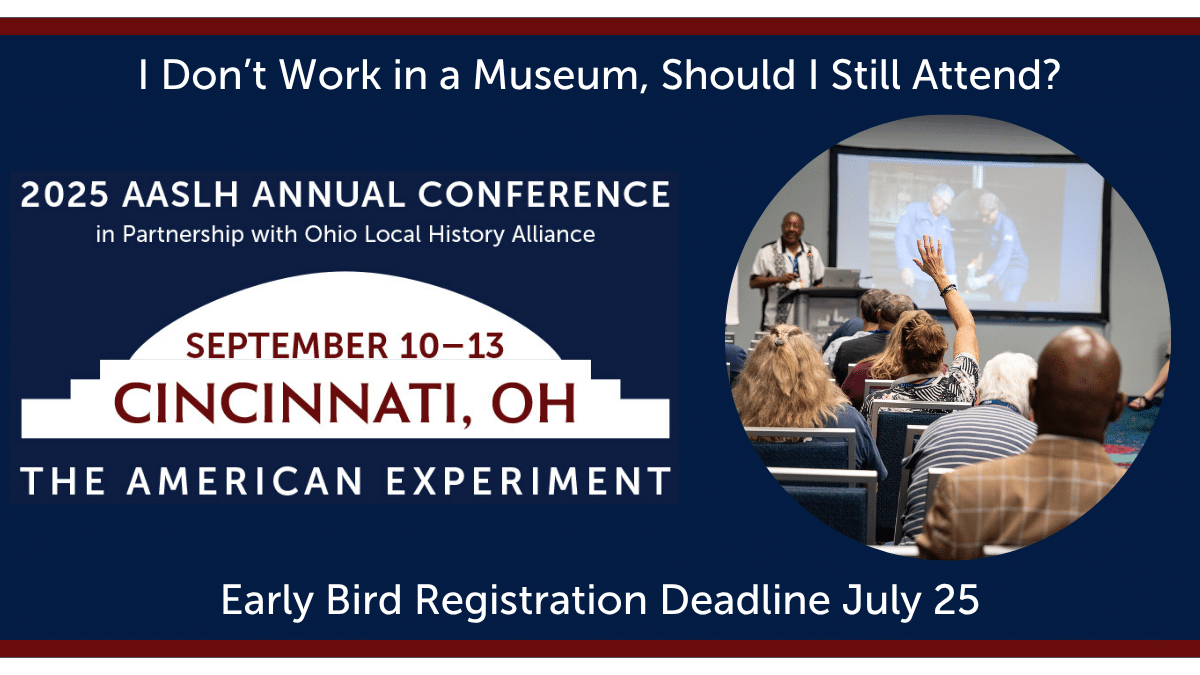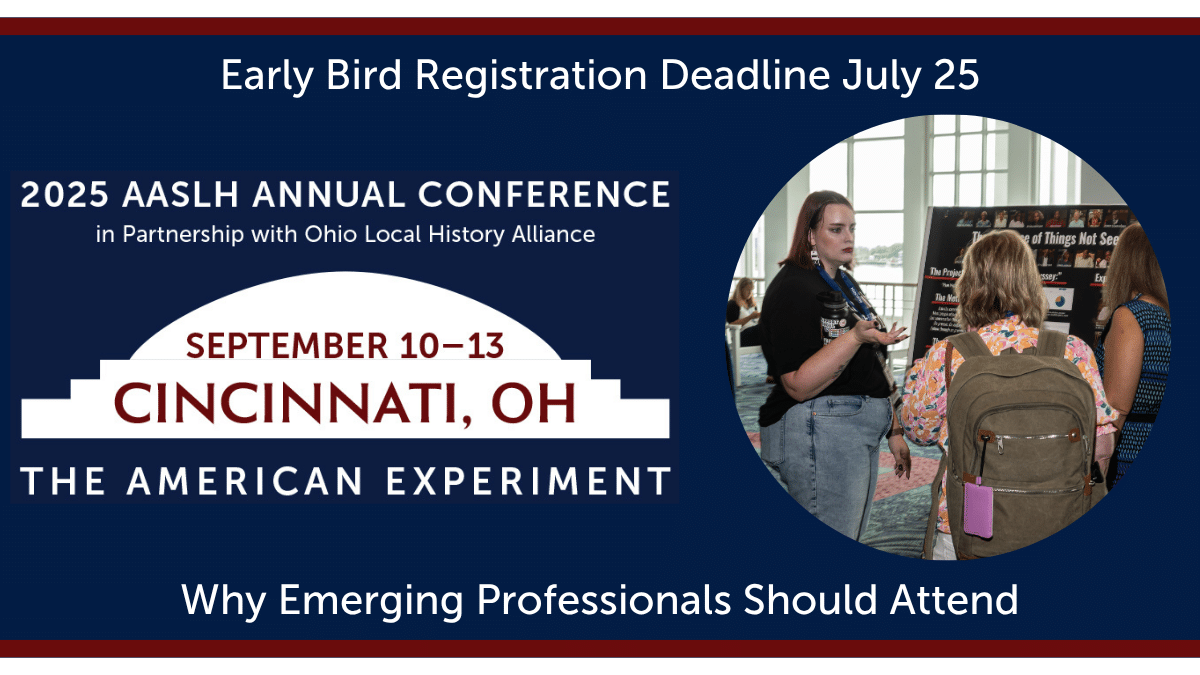
By Samantha Hunter-Gibbs, Director of K-12 Education at the White House Historical Association
The White House History Teacher Institute (WHHTI), hosted by the White House Historical Association, began in 2016. Since then, the program has grown and evolved to incorporate more teachers, more content, and new features like the David M. Rubenstein Master Teachers who joined us for the first time during the virtual 2020 institute.
The in-person institute is designed as a five-day experience for K-12 educators in Washington, D.C. The program’s “home base” is historic Decatur House, located on Lafayette Square, but through the program, teachers visit many locations throughout the District. In addition to these site visits, teachers participate in sessions hosted by historians, guest speakers, and former White House staff. Of course, they also take a White House tour. When they’re not busy learning about the history of the White House, the participants find time to make connections with new colleagues and explore D.C.’s many cultural attractions.
The above description is largely representative of the WHHTI from 2016-2019. But, just like countless other institutes across the country, the COVID-19 pandemic forced us to alter plans for the 2020 program. The 2020 and 2021 institutes were held virtually via Zoom. Educators participated in lectures, master teacher presentations, and conversations in breakout rooms. We recorded each virtual session in 2021 and shared them with live participants as well as asynchronous ones, alongside additional materials via a shared Padlet.

Planning for 2022
With these varied Teacher Institute experiences spanning 2016 through 2021, we were left with some big questions about how to approach 2022: Should we host in person or virtually? Would it be possible to do both? What were able to do in person but not virtually that was missed? Were there perks to the virtual institute that we could incorporate into the in-person one? We also had an important “people factor” to consider: prior to making the decision to host the 2020 institute virtually, sixty teachers were accepted to come to D.C. in July of that year. Those folks exercised extreme patience with us and continued with their “deferred” status for two summers. When thinking about the institute for summer 2022, we knew we had to fulfill our commitment to those 2020 teachers and finally get them to Washington, D.C.
Ultimately, fifty of the sixty deferred teachers chose to join us in 2022. Typically, we host thirty teachers per week during Teacher Institute so having fifty teachers opt in to join us left ten spots available. We decided to fill those ten spots, plus an additional thirty spots in a third week with new 2022 applicants. These decisions led us to hosting three weeks of the in-person White House History Teacher Institute for ninety teachers from across the nation.

That still left us to consider a virtual institute. With already hosting three in-person weeks, hosting an additional week of the virtual institute seemed daunting.
But when we looked at our evaluations from the virtual institutes in 2020 and 2021, we saw so many comments of gratitude for the accessibility the virtual institute offered.
We heard from folks who teach at year-round schools, folks with multiple jobs, and folks with young kids. We realized there were so many barriers to coming to D.C. in person so in order to fulfill our commitment to accessibility, we had to also offer a virtual institute.
The 2022 White House History Teacher Institutes–plural!
For the three in-person weeks of Teacher Institute, we were able to incorporate aspects we know worked well from previous institutes alongside new ideas. We shortened our days of formal instruction to better mimic a school day and provide for time to explore all that Washington, D.C., has to offer to visitors! From our evaluations, we know that this free time enhanced the experience for our teachers and allowed them to make meaningful connections with their colleagues. Similarly, we used what we learned from past experiences to update our virtual institute to meet as many educator needs as possible including accommodating for live and asynchronous participation and keeping content lectures short.
Takeaways
Looking back, it is clear to us that whether an institute is held in person or virtually, providing a space for educators to connect and inspire one another is the core of what makes professional development programs great. In summer 2023, we will likely continue to host in person and virtual programming, knowing that offering varied experiences and access to our content is what matters most. In providing multiple entry points for teachers to engage with the White House Historical Association, we work toward our mission to provide public access to the “People’s House,” the White House.



